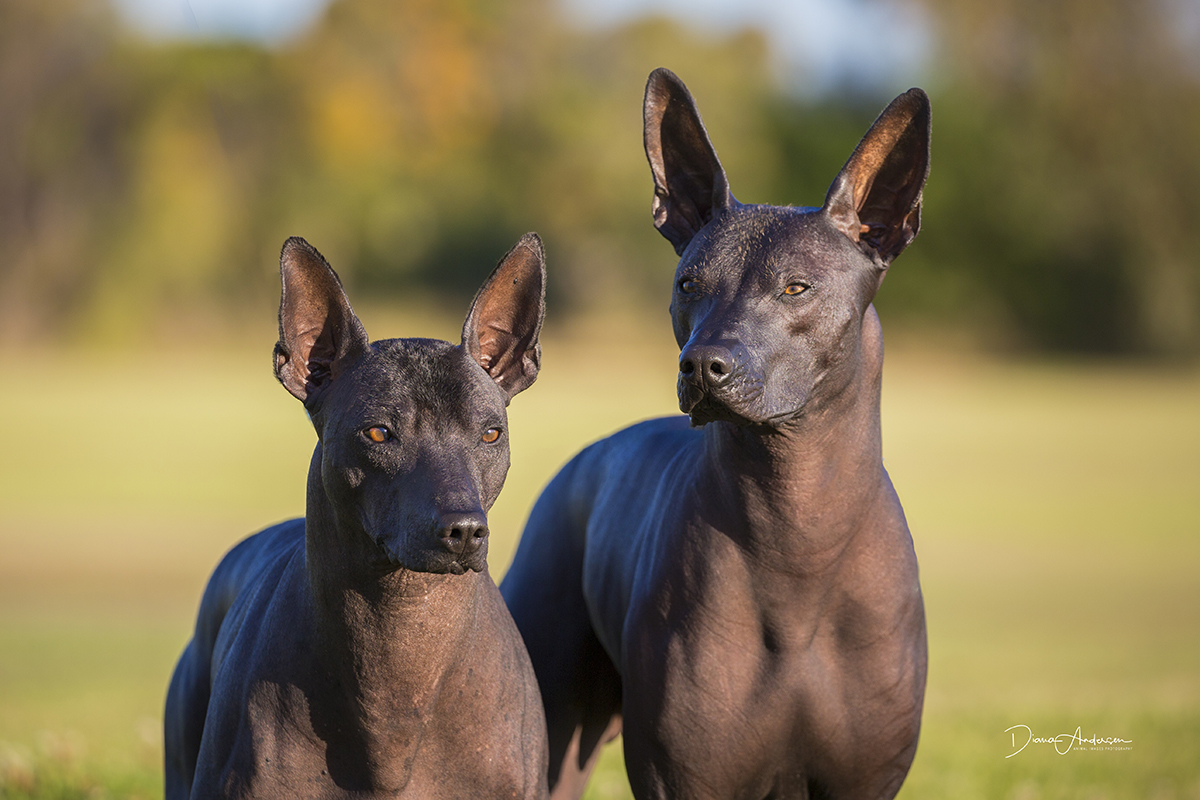The Xolo dog, also known as the Xoloitzcuintli or Mexican Hairless Dog, is a breed steeped in history and cultural significance. Originating from Mexico, this ancient breed has been cherished for thousands of years, making it one of the oldest dog breeds in the world. With its unique appearance and warm temperament, the Xolo dog has captured the hearts of dog lovers and enthusiasts globally. But what makes this breed so special? Let's delve into the fascinating world of the Xolo dog and uncover the reasons behind its enduring appeal.
In addition to its striking looks, the Xolo dog is known for its loyal and affectionate nature. These dogs have served various roles throughout history, from companions to guardians, and they continue to showcase their versatility in modern times. Their hypoallergenic properties and minimal grooming needs make them ideal pets for families and individuals who may have allergies or prefer a low-maintenance canine companion.
As we explore the various aspects of the Xolo dog, from its history to its care and training requirements, you'll gain a deeper understanding of this remarkable breed. Whether you're considering adding a Xolo dog to your family or are simply curious about its unique characteristics, this article will provide you with valuable insights and information.
What is the History of the Xolo Dog?
The Xolo dog has a rich and storied past that dates back over 3,000 years. It is believed to have descended from the canine companions of the ancient Aztecs, Toltecs, and Maya civilizations. The breed was often revered and considered sacred, frequently featured in art and mythology. The Xolo dog was not only a beloved companion but also served practical purposes, such as hunting and guarding homes.
Why is the Xolo Dog Considered Sacred?
In many indigenous cultures, the Xolo dog was seen as a spiritual guide and protector of the afterlife. According to Aztec beliefs, the Xolo dog would accompany its owner to the underworld, ensuring safe passage. This deep-rooted spiritual significance has made the breed an enduring symbol of loyalty and companionship in Mexican culture.
What are the Different Varieties of Xolo Dogs?
The Xolo dog comes in three distinct sizes: toy, miniature, and standard. Each size has its unique characteristics, but they all share the same defining traits of the breed. Additionally, Xolo dogs can be hairless or coated, with the hairless variety being more popular. The hairless dogs feature exposed skin, which may vary in color and texture, while the coated ones have a short, dense coat.
What Makes the Xolo Dog Unique?
One of the most striking features of the Xolo dog is its hairless appearance, which not only sets it apart from other breeds but also offers several advantages. The lack of fur reduces the incidence of allergies, making them suitable for many families. Additionally, their skin often produces natural oils that help keep it moisturized and healthy.
What are the Care Requirements for a Xolo Dog?
Caring for a Xolo dog requires attention to their specific needs. Here are some essential care tips:
- Skin Care: Regularly check their skin for irritations or sunburn, especially in hairless varieties.
- Bathing: Bathe your Xolo dog every few weeks to keep their skin clean and healthy.
- Exercise: Provide daily exercise, as they are active and energetic dogs.
- Diet: Feed a balanced diet appropriate for their age and size.
How Should You Train a Xolo Dog?
Training a Xolo dog can be a rewarding experience. Here are some tips to ensure successful training:
- Start Early: Begin training and socialization as early as possible.
- Positive Reinforcement: Use positive reinforcement techniques, such as treats and praise.
- Consistency: Be consistent with commands and routines to help your Xolo learn.
- Socialization: Expose your Xolo to different environments, people, and other pets to develop their social skills.
What are the Common Health Issues in Xolo Dogs?
Like all breeds, Xolo dogs may be prone to certain health issues. Some common health concerns include:
- Dental Problems: Regular dental care is essential to prevent dental diseases.
- Skin Issues: Hairless varieties may experience skin irritations or infections.
- Joint Dysplasia: Regular exercise and a healthy diet can help mitigate this risk.
Why Should You Consider Adopting a Xolo Dog?
If you're looking for a loyal, affectionate, and unique pet, the Xolo dog may be the perfect choice for you. Their rich history, hypoallergenic properties, and loving nature make them a wonderful addition to any family. Additionally, adopting a Xolo dog from a shelter or rescue organization can give a deserving animal a loving home.
Conclusion: Embrace the Enchantment of the Xolo Dog
The Xolo dog is more than just a pet; they are a living piece of history and culture. Their unique traits, coupled with their loving demeanor, make them an extraordinary breed. By understanding their needs and characteristics, you can provide a nurturing environment for a Xolo dog to thrive. Whether you're drawn to their striking appearance, their rich heritage, or their affectionate nature, embracing a Xolo dog can lead to a fulfilling companionship that lasts a lifetime.




